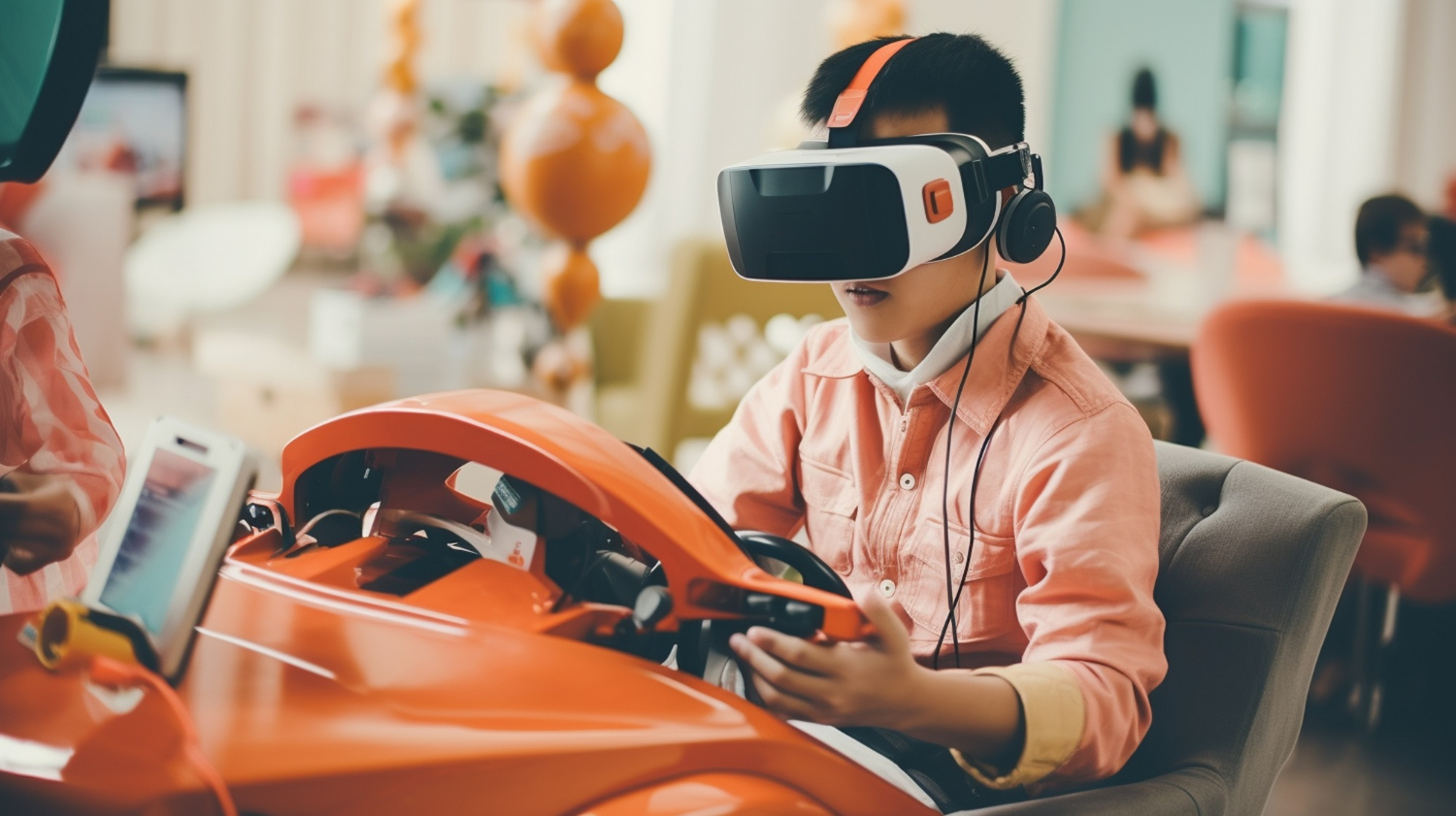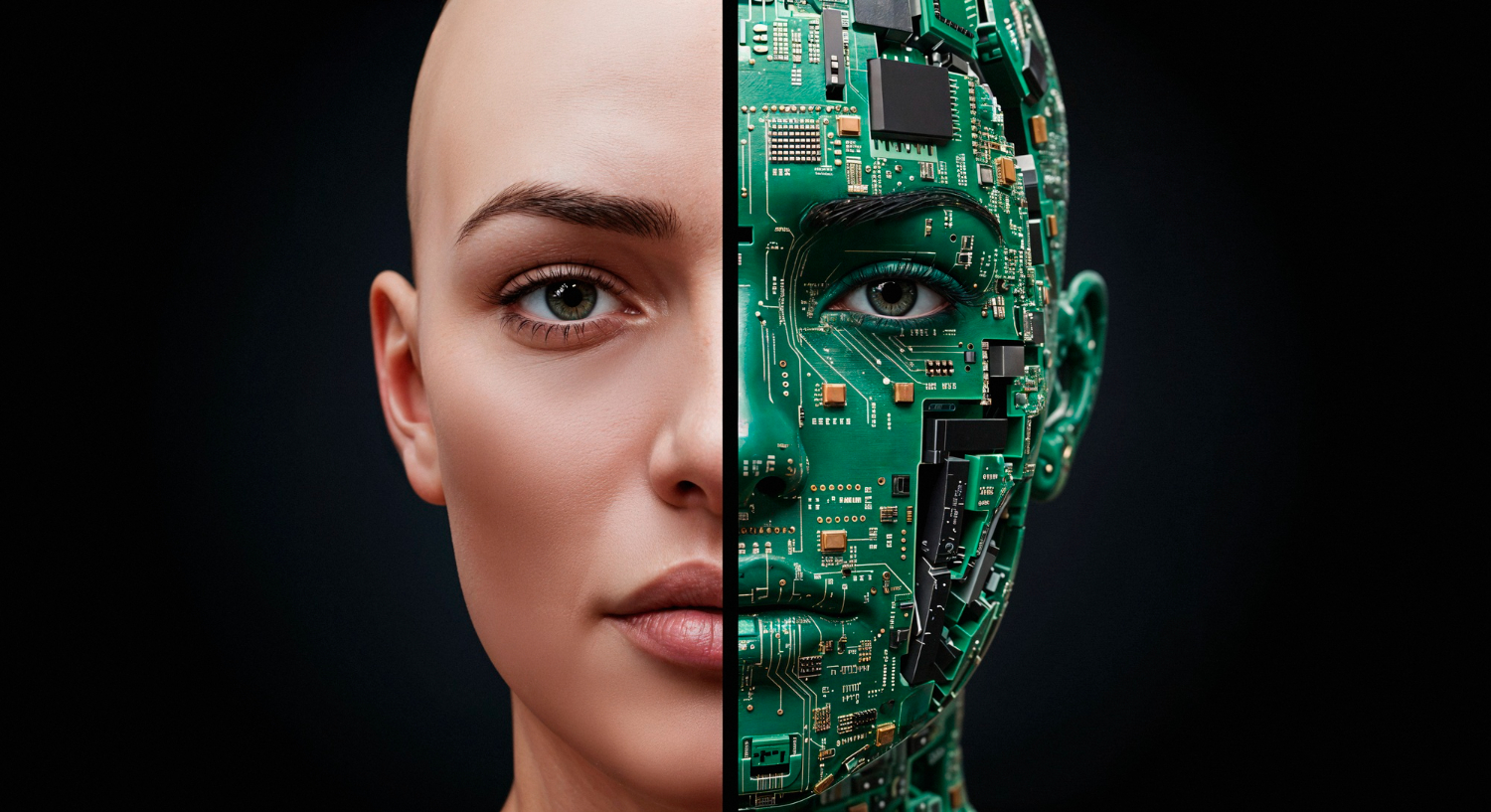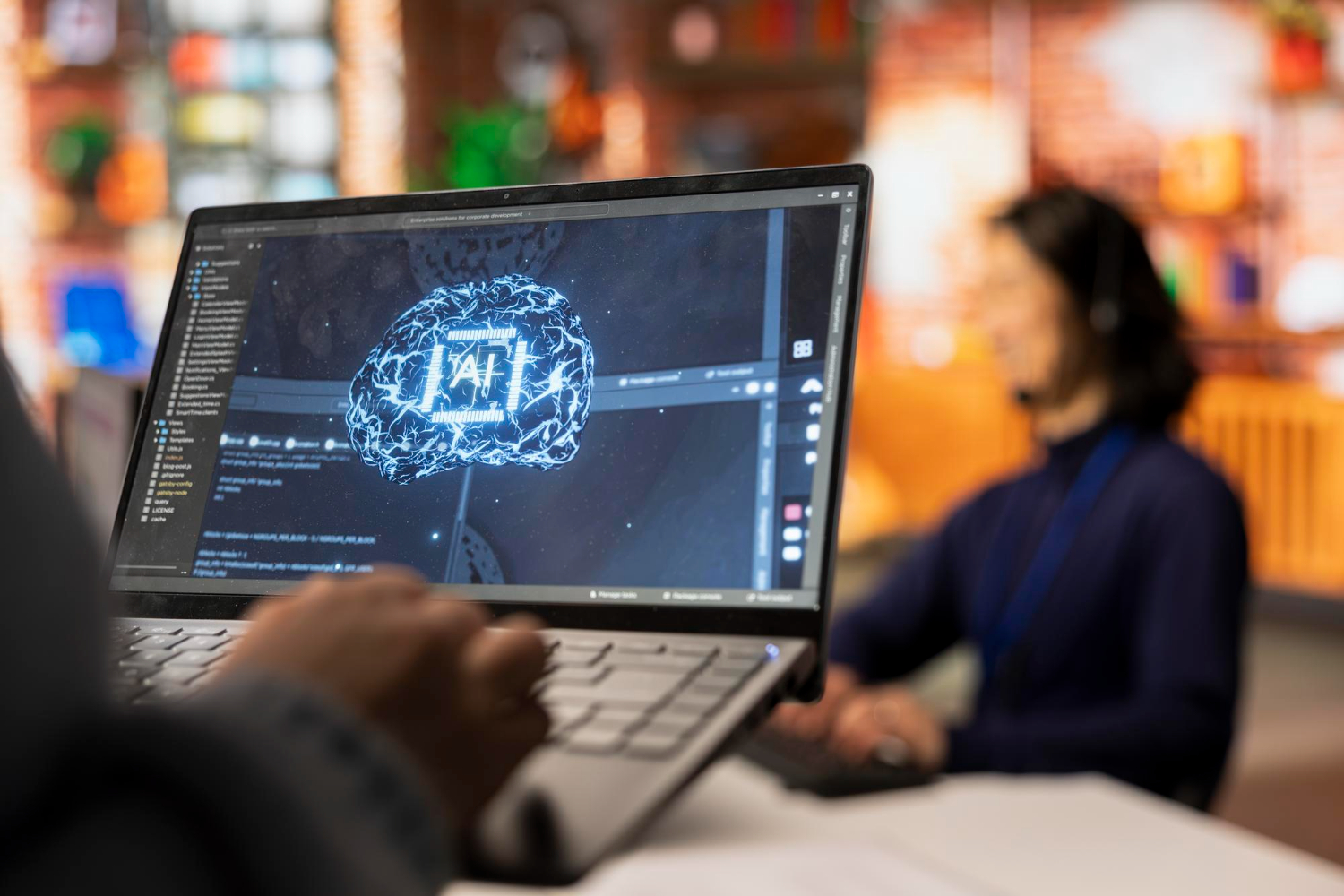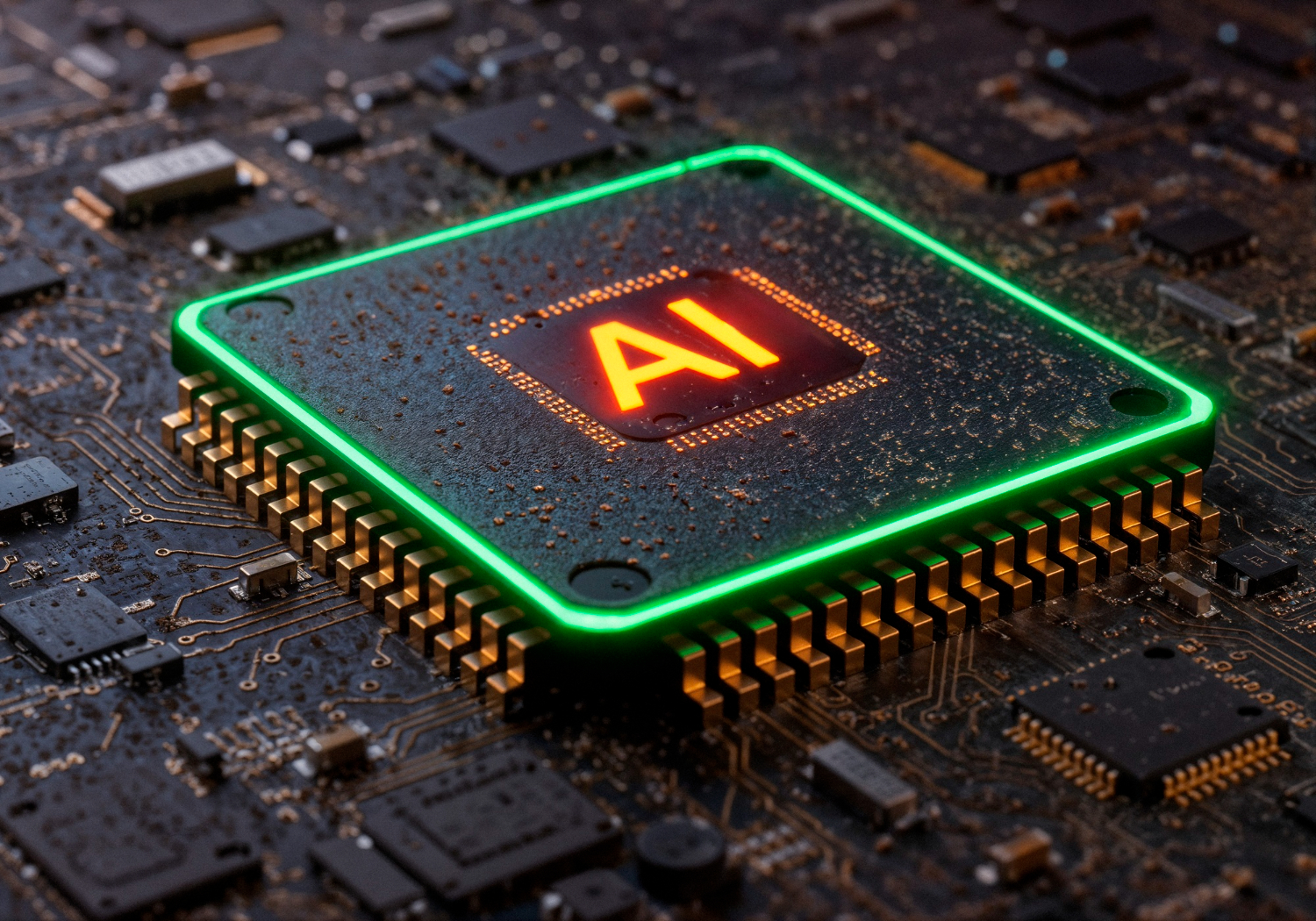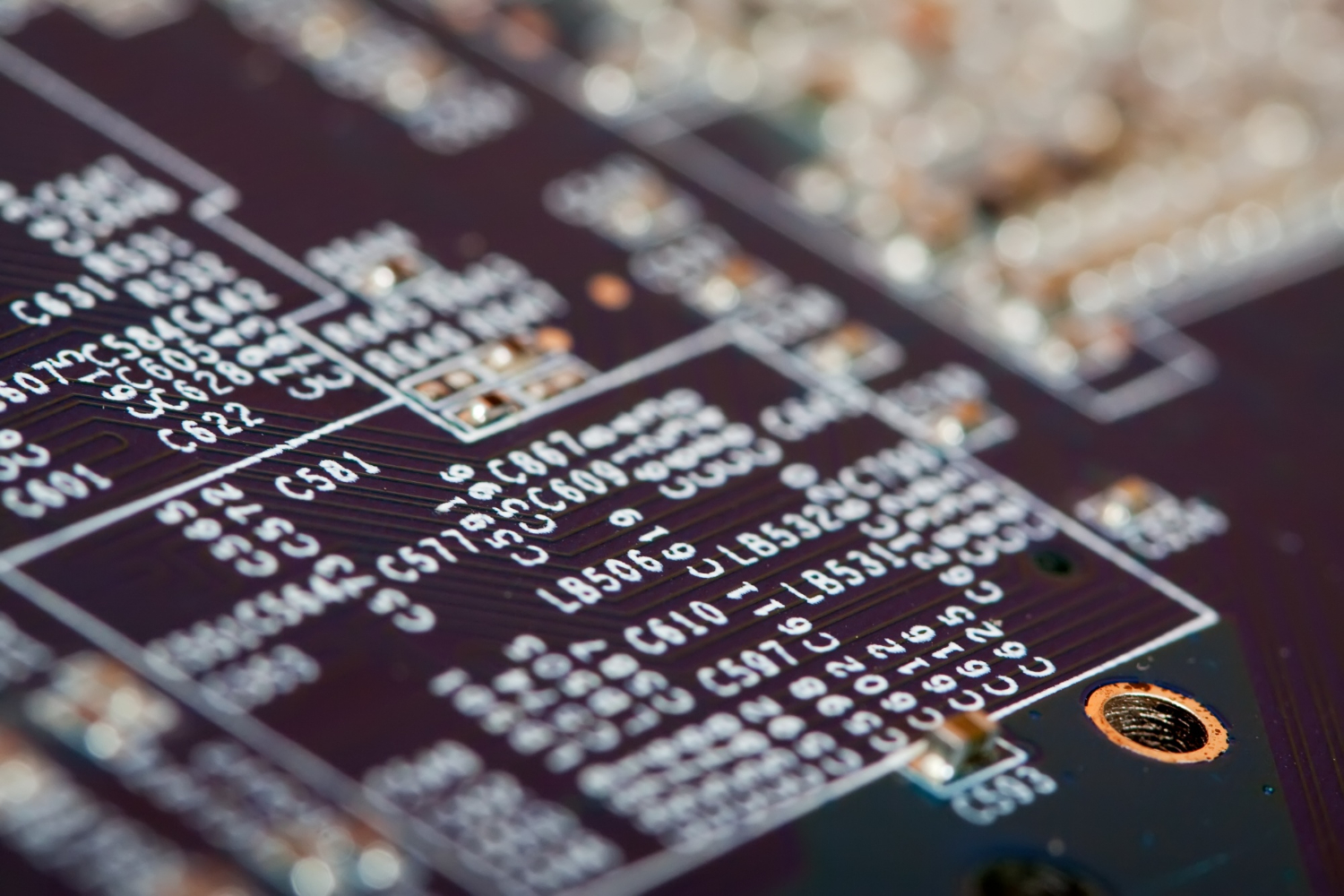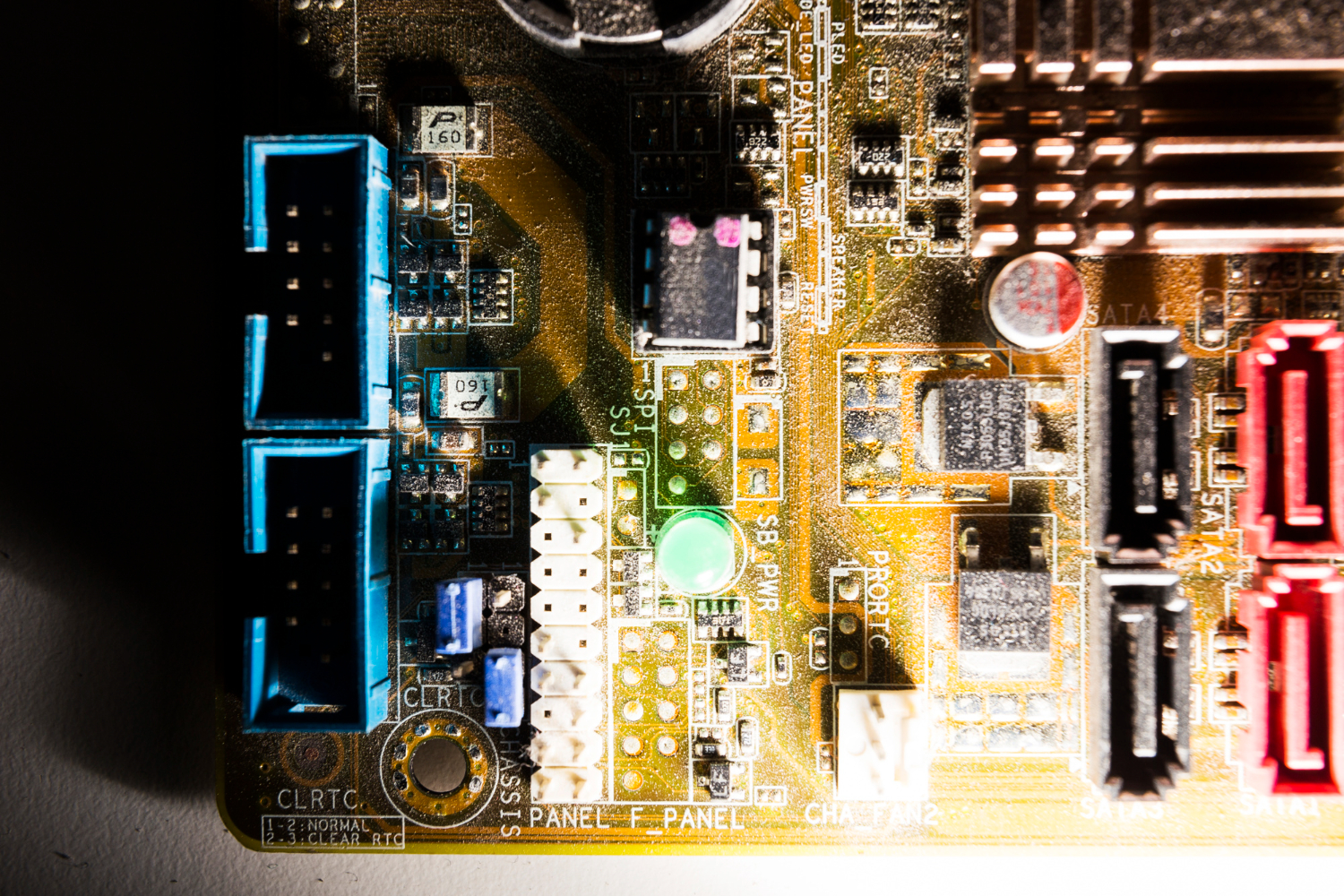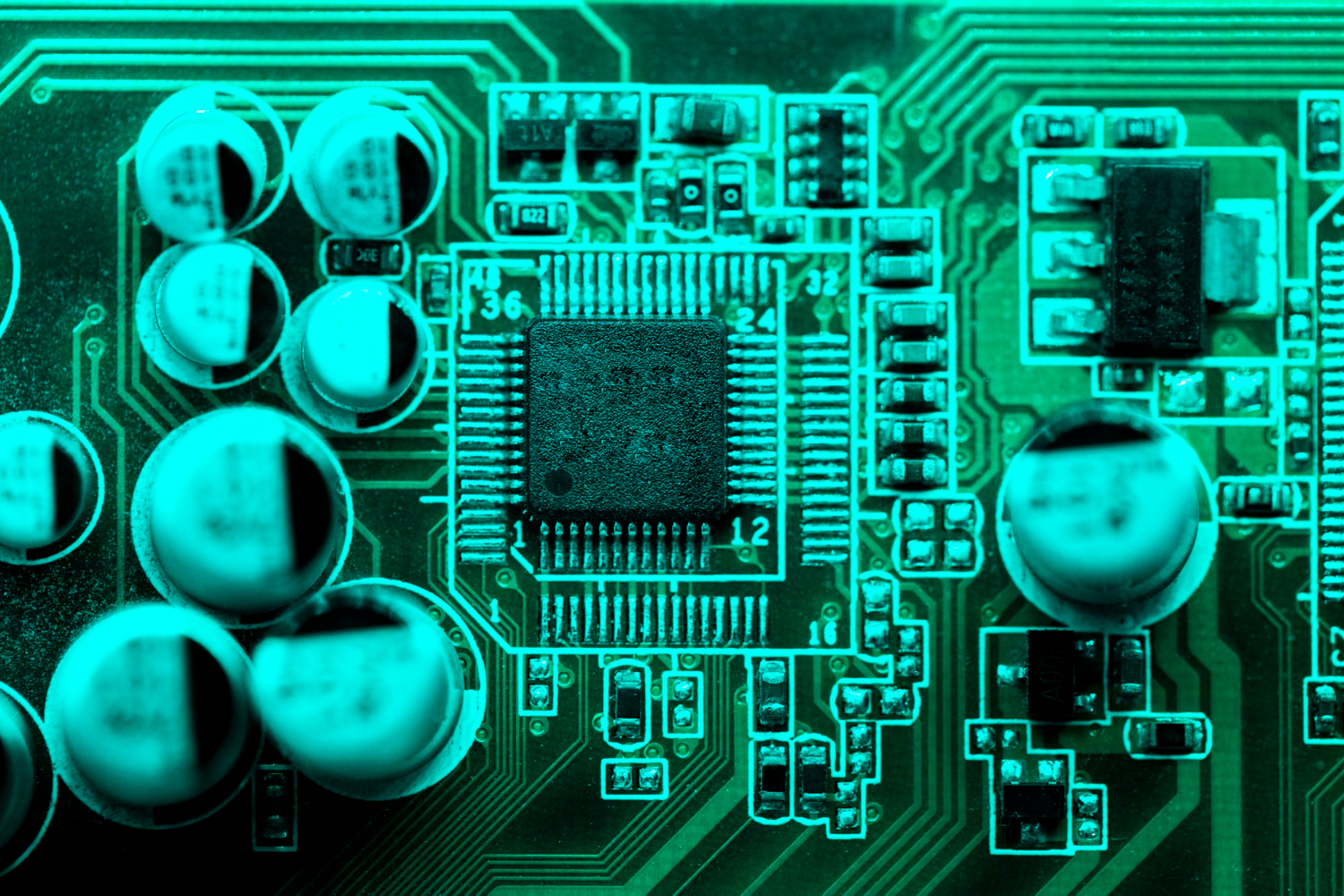Augmented Reality in Cars: How It’s Shaping the Automotive Industry
Augmented reality (AR) is no longer just for video games or social media. It’s now transforming cars and the automotive industry. AR is changing how we interact with motor vehicles, offering new experiences and improving safety.
In the past, AR was mainly used in football games or on smartphones and tablets. Today, it’s making its way into your car. This technology enhances real-life driving by adding computer-generated information over what you see in front of you. The result is an augmented reality experience that helps drivers make better decisions.
What is Augmented Reality in Cars?
Augmented reality (AR) adds virtual objects to the real world. In the case of cars, AR systems overlay information on the road view through the windscreen. The technology uses sensors and artificial intelligence to provide real-time information while you drive.
A common example is heads-up displays (HUDs), which project data like speed and navigation onto the windscreen. This keeps the driver’s eyes on the road while providing important details. Some cars also use head-mounted displays to offer even more immersive AR experiences.
AR systems in cars often connect to mobile devices. This allows drivers to access data from AR apps, further enhancing their experience. Drivers can view traffic alerts, road signs, and even the location of nearby parking spaces through these ar-enabled devices.
How AR Works in the Automotive Industry
The automotive industry is already using AR to improve both driver safety and the driving experience. Heads-up displays are just one part of a larger trend toward using AR in motor vehicles.
For example, some car manufacturers have integrated AR technology into their navigation systems. Instead of just hearing turn-by-turn directions, the augmented reality system shows arrows on the road ahead. This makes it easier to follow directions without taking your eyes off the road. The system adjusts based on the environment in real time, offering a more dynamic driving experience.
Another exciting use of AR in cars involves mixed reality. This blends real and virtual elements, allowing for a more interactive experience. In the United States, for instance, some luxury carmakers are experimenting with mixed reality to offer drivers more detailed information about their surroundings. This could include everything from hazard warnings to real-time updates on nearby restaurants.
Benefits of AR in Cars
AR in the automotive industry brings many advantages. Here are some of the key benefits:
-
Improved Safety: Augmented reality (AR) helps drivers stay focused on the road. By showing important data like speed, lane changes, and hazards directly on the windscreen, AR reduces the need to look down at a dashboard or smartphone. This reduces distractions and makes driving safer.
-
Better Navigation: Traditional navigation systems require you to glance at a screen. With AR-enabled systems, directions appear directly in your field of view. This makes it much easier to follow the route, especially in busy traffic or unfamiliar areas.
-
Enhanced Parking Assistance: Parking can be stressful, especially in tight spots. Some ar-enabled systems show guides and markings that help you park more accurately. Sensors detect obstacles, and the augmented reality display shows you the best way to park without hitting anything.
-
Increased Driver Awareness: AR apps and heads-up displays can alert you to potential hazards, such as pedestrians, cyclists, or roadworks. These warnings appear in real life, allowing you to react faster and avoid accidents.
-
Improved Driving Comfort: Augmented reality experiences can also make driving more comfortable. Some systems highlight lanes, speed limits, and traffic conditions. Others adjust in real time to weather changes or road conditions, helping drivers stay aware of their surroundings.
Read more: AI for Autonomous Vehicles: Redefining Transportation
AR Apps and Social Media in the Automotive Industry
Another exciting development is how augmented reality (AR) is being used with mobile devices and social media. Some car manufacturers have created AR apps that let users explore cars virtually before buying them. These apps offer a detailed augmented reality experience where potential buyers can view cars in 3D, check out the interior, and even change colours and features.
Social media platforms are also jumping on the trend. Some companies are using AR filters to promote new car models, offering a fun and interactive way to engage with potential buyers. This is becoming a popular tool for marketing in the automotive industry.
Read more: Smart Marketing, Smarter Solutions: AI-Marketing & Use Cases
AR in Electric and Self-Driving Cars
AR technology is also helping drive innovation in electric and self-driving cars. These vehicles rely heavily on sensors and artificial intelligence to function. Augmented reality helps improve these systems by providing real-time data on the surroundings.
For example, self-driving cars use AR to identify pedestrians, obstacles, and traffic signs. This data is then processed by the car’s AI to make driving decisions. The augmented reality experience ensures the car knows exactly what’s happening around it at all times.
Electric vehicles also benefit from AR technology. Some manufacturers are developing AR systems that show the closest charging stations and the car’s battery life in real time. This helps drivers plan their journeys and ensures they don’t run out of power unexpectedly.
The Future of Augmented Reality in the Automotive Industry
The future of augmented reality (AR) in the automotive industry looks promising. As technology advances, we can expect more ar-enabled features in motor vehicles. One potential development is the use of head-mounted displays. These could give drivers a fully immersive AR experience, allowing them to see navigation, hazards, and vehicle information right in front of their eyes.
Another exciting area is mixed reality. Combining real and virtual elements could make driving even more interactive. Imagine seeing live data about nearby shops, restaurants, or petrol stations, all overlaid on the real world as you drive.
There are also applications for AR in football games or motorsports. Fans could see real-time stats, player information, or race data projected over the field or track. This would bring a whole new level of engagement to these sports.
How TechnoLynx Can Help
At TechnoLynx, we are at the forefront of AR technology. We specialise in creating augmented reality experiences tailored to the automotive industry. Whether you’re a car manufacturer looking to integrate AR into your vehicles or a marketing team seeking innovative AR apps, we can help.
Our team understands the importance of safety, convenience, and innovation in the automotive industry. We work with artificial intelligence and AR technology to deliver cutting-edge solutions. From heads-up displays to custom AR apps, TechnoLynx ensures your AR solutions are practical and engaging.
We also offer consulting services to help you decide the best way to implement augmented reality in your business. Whether you want to improve the driver’s experience, enhance safety, or increase customer engagement, TechnoLynx can guide you every step of the way.
Conclusion
Augmented reality (AR) is transforming the automotive industry. From heads-up displays to self-driving cars, AR technology offers new ways to interact with motor vehicles. It improves safety, enhances navigation, and makes driving more comfortable.
As technology continues to evolve, the augmented reality experience will only get better. At TechnoLynx, we’re excited to be part of this journey. We provide cutting-edge AR solutions for the automotive industry, helping businesses stay ahead in a competitive market. Whether you’re looking to enhance customer experiences or improve vehicle safety, we have the expertise to make it happen.
Continue reading:AI is Reshaping the Automotive Industry
Image credits: Freepik

